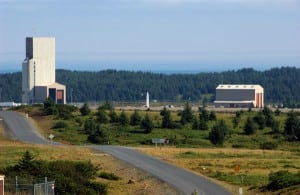
The Defense Department Monday said "an anomaly," led to the flight test termination of the Advanced Hypersonic Weapon Flight Test 2 Hypersonic Technology Test (AHW FT2 HTT) at the Kodiak Launch Complex in Alaska. Shortly after 4 a.m. EDT, “the test was terminated near the launch pad shortly after lift-off to ensure public safety,” the Defense Department said in a statement Aug. 25. “There were no injuries to any personnel.” Program officials are conducting an extensive investigation to determine the…













